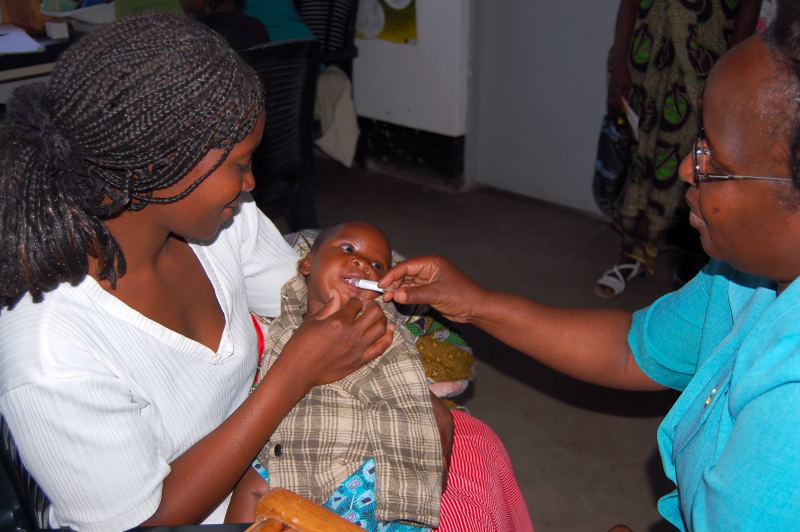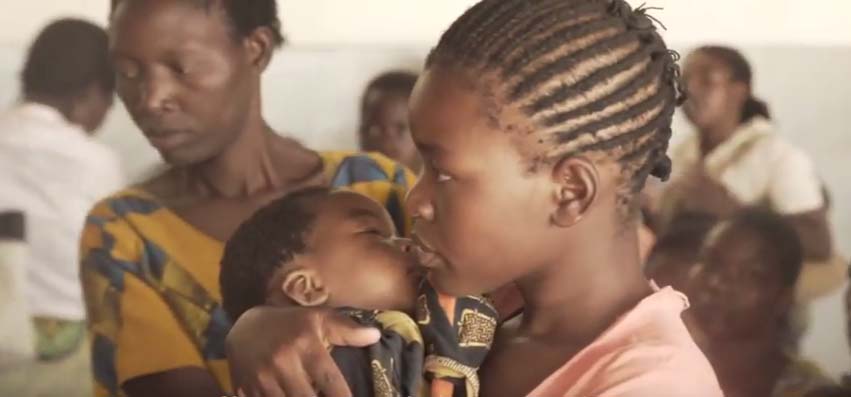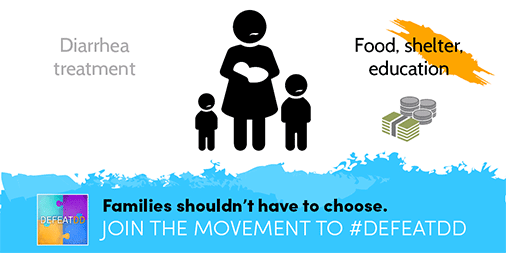The lifesaving power of rotavirus vaccines in Malawi: Behind the numbers
|
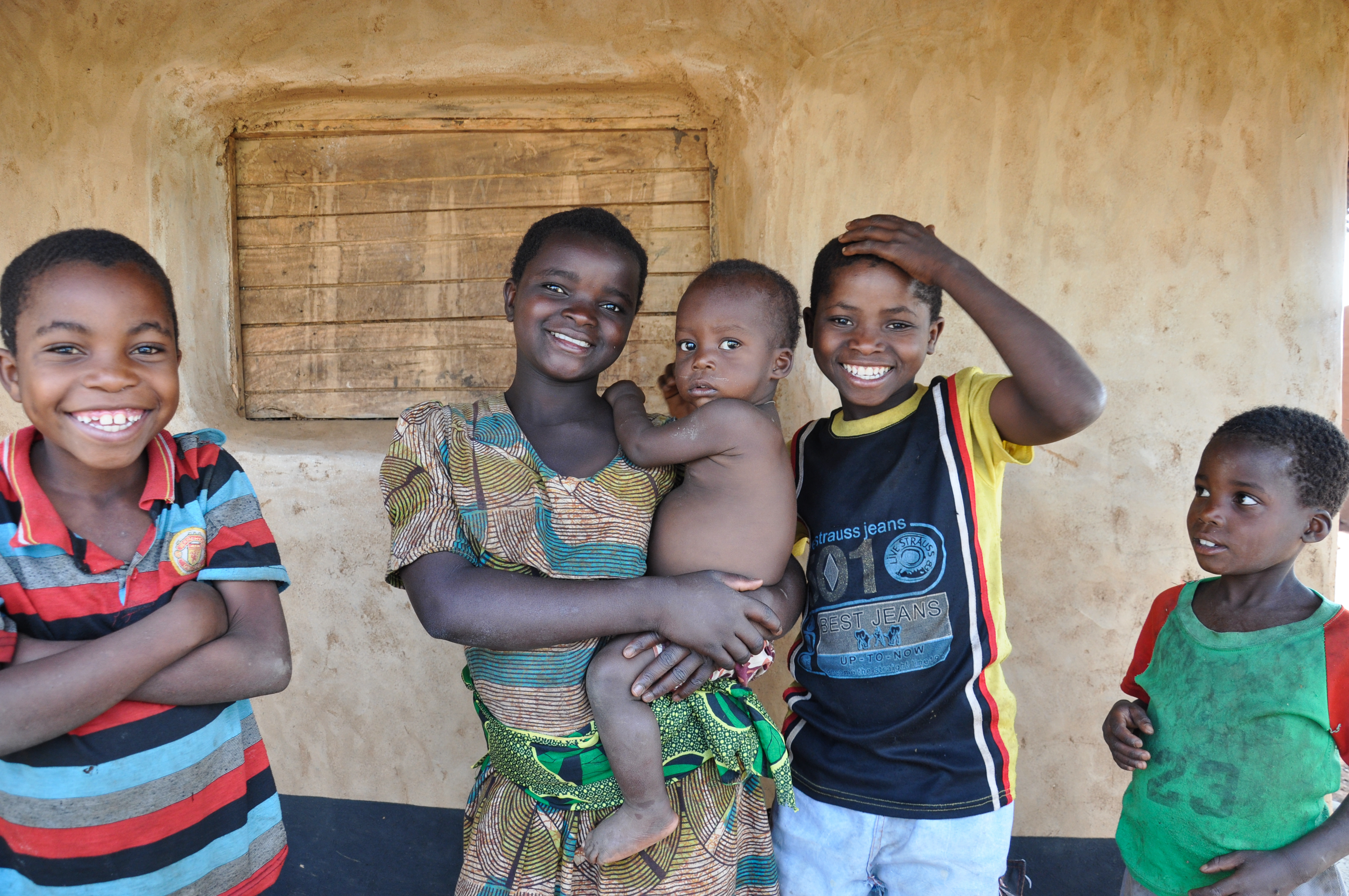
Rotavirus is the most common cause of diarrheal disease among infants and young children in all countries. Despite improvements in sanitation and case management, rotavirus still caused 215,000 child deaths in 2013, with 121,000 of these in Africa. With support from Gavi, the Vaccine Alliance, many countries with high death rates have added rotavirus vaccine to their routine immunization program over the past five years.
Malawi introduced rotavirus vaccine in 2012. Studies have already shown that the vaccine is effective against rotavirus hospitalization and highly cost-effective in Malawi. Next, we wanted to measure the vaccine's impact on diarrhea-associated death. However, low-income African countries like Malawi often lack birth and death registries—a resource used for similar impact studies in middle-income countries. Instead, we carried out a large population-based birth cohort study of 48,672 infants in Malawi. Our team of more than 1,100 people visited all households in 1,832 villages over the course of four years to follow all pregnant women and their newborn infants, record the infants' vaccination status, and document whether or not they survived to age one.
Conducting this research required strong community support, since our team did this work in villages and homes. This grassroots community involvement was the result of years of genuine engagement of Traditional Authorities, village chiefs, and women's groups with Malawian-led research facilities. The collaboration of civil society and government partners in Malawi along with the long-term involvement of several academic institutions helped ensure the best quality research.*
Our study, recently published in The Lancet Global Health, found encouraging results. Children who received the rotavirus vaccine had a 34% lower risk of dying from diarrhea, and the introduction of national rotavirus vaccination was associated with a reduction of 31% in diarrheal deaths in infants. This is a similar impact to that observed in middle-income countries. We also found that, the higher the vaccination coverage, the greater the reduction in deaths.
Behind these numbers are the mothers, fathers, siblings, grandparents, aunts, and uncles who opened their homes to us, who remembered, who shared with us the stories of the infants they had lost. And the dedicated wonderful team who listened, who recorded every name, who wrote every word, who made every name count. And the health workers who bicycle each day in the sun and in the rain to reach every baby with vaccines.
We hope our findings will encourage all countries to introduce this lifesaving vaccine, and encourage countries that have already introduced to redouble their efforts to achieve universal vaccine coverage for all infants in every province.
Let's help all our children survive and thrive, so that these young minds will grow to imagine a better world.
Worldwide rotavirus vaccine introduction status, as of August 2018:
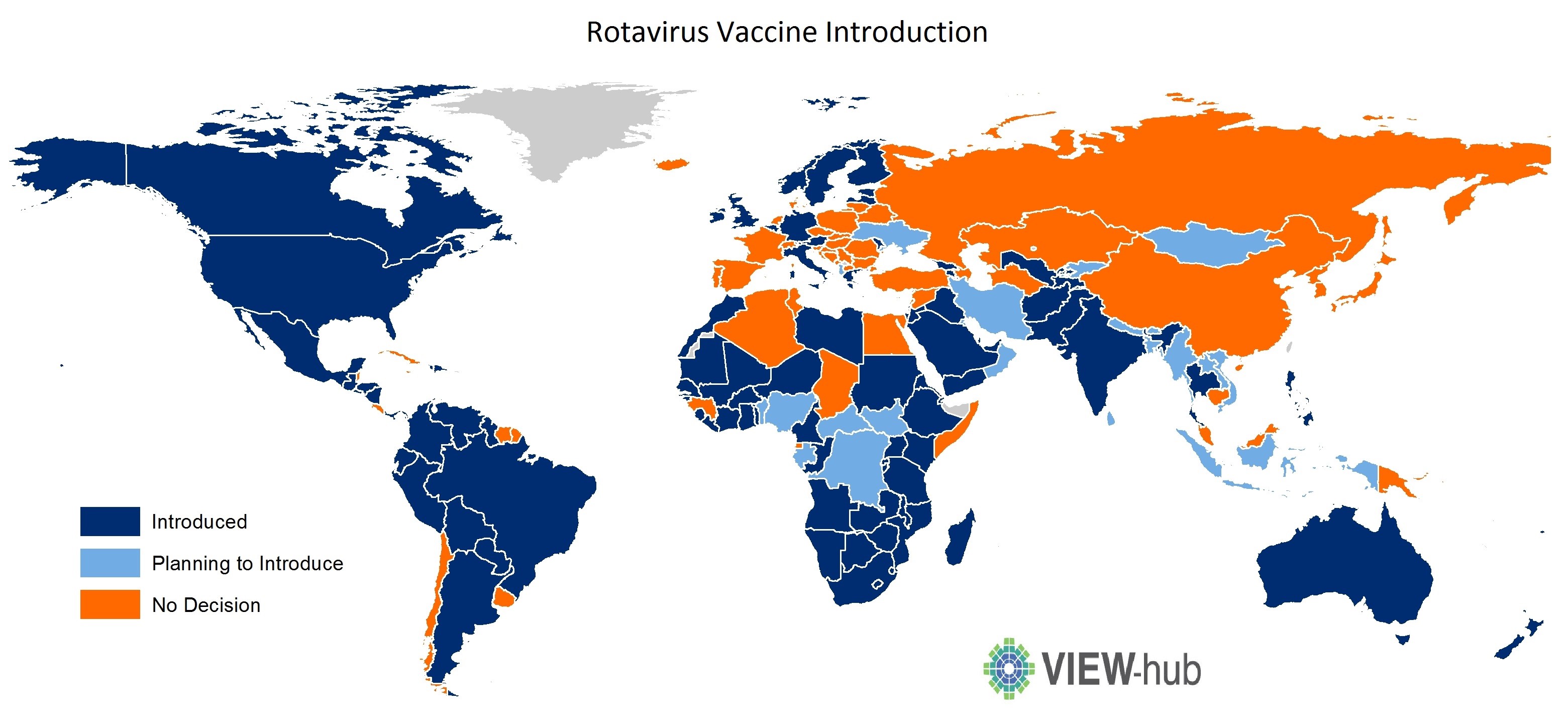
Source: International Vaccine Access Center (IVAC), Johns Hopkins Bloomberg School of Public Health. VIEW-hub. www.view-hub.org.
*This study was conducted by the VacSurv Collaboration, which included: University of Liverpool; University College London; London School of Hygiene and Tropical Medicine; Mai Mwana Project Mchinji; Parent & Child Health Initiative Lilongwe; Karonga Prevention Study; Malawi-Liverpool-Wellcome Trust Clinical Research Programme; Malawi Ministry of Health; and the US Centers for Disease Control & Prevention.
Photo credit: PATH/Doune Porter









